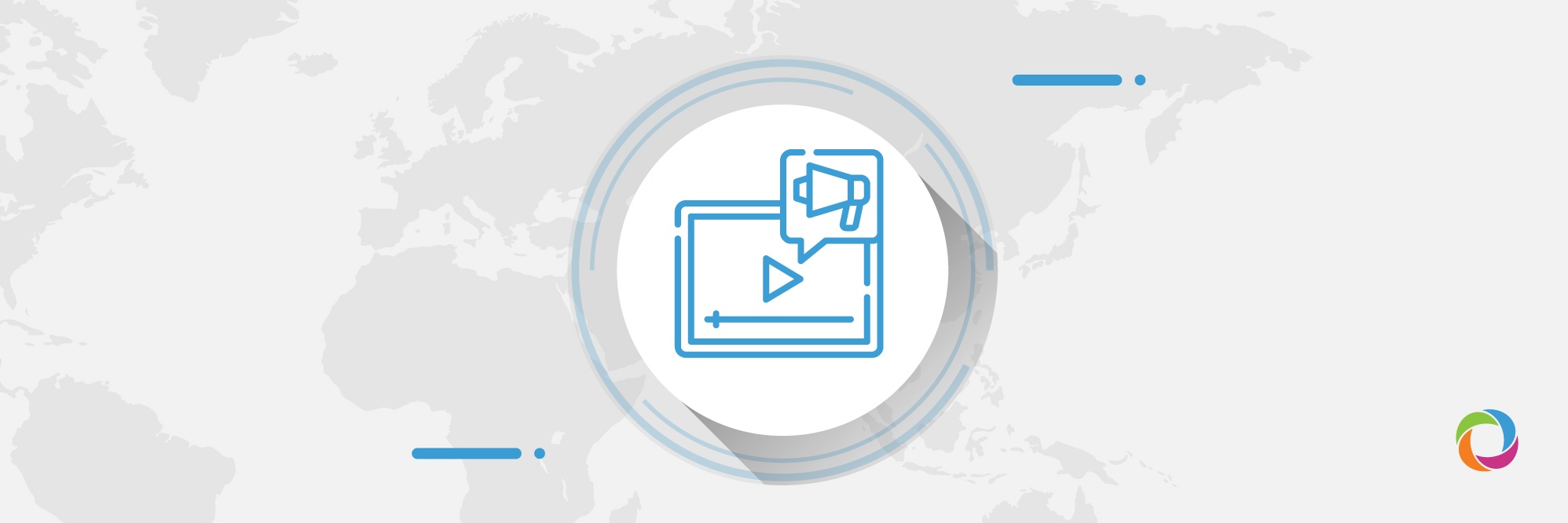While the world remains overwhelmed by the COVID-19 pandemic which receives the most media attention, many countries are experiencing even worse disasters that the international media and therefore the international community have barely noticed.
This problem was analyzed by CARE, the international humanitarian organization that fights global poverty, in its recently released report on this issue.
CARE pointed out that, together, 10 serious humanitarian crises received 26 times less attention by the media in 2020 than the launch of the PlayStation 5 entertainment console. The authors of the report took account of 1.2 million global online media outlets in English, French, German, Arabic, and Spanish. According to the results of their analysis, the media under-reported the ongoing crises in Burundi, Guatemala, Central African Republic, Ukraine, Madagascar, Malawi, Pakistan, Mali, Papua New Guinea, and Zambia which were hit by humanitarian crises even before the pandemic although the global outbreak of COVID-19 has only made their situation more complicated.

Source: @CARE International
According to the estimates released by the United Nations at the end of 2020, at least 235.4 million people globally will be in need of humanitarian assistance in 2021. As a result of COVID-19 and climate changes, the number of people in need increased by 40% in 2020 which represents the single largest growth ever recorded in just one single year.
Burundi, the fifth poorest country in the world, is also one of the most populous states in sub-Saharan Africa where global warming has fueled extreme weather schemes which, in combination with political instability, cause food insecurity. In December 2020, over 2.3 million Burundi residents required urgent humanitarian and food assistance in order to survive.
Another country that has suffered greatly mostly due to natural disasters provoked by climate changes is located in Central America. Guatemala has been consecutively affected by droughts and floods which have destroyed crops and led to hunger and food insecurity. Of the 14.9 million inhabitants, at least 10 million live below the poverty line and, when the pandemic struck in early 2020, 3.3 million needed humanitarian assistance to survive. Today, after almost a year, the situation has become even worse with violence against women and girls rising and migrants desperately fleeing to the US in search of income.
The Central African Republic has been plunged into humanitarian crises for many years but nevertheless, this situation was one of the least reported by the media in 2020. In this country, torn apart by decades of armed conflict, excessive poverty, a continuous wave of natural disasters, nearly 71% of the population lives below the poverty line of US$1.9 per day, and in many areas of the country, people rely totally on humanitarian aid.
Elsewhere in Europe, the media continue to avoid mention of the ongoing humanitarian crisis in Ukraine, one of the poorest European nations. This Eastern-European nation has been facing a severe humanitarian crisis at its eastern border, where an ongoing armed conflict between the national army and pro-Russian separatists has put many people, especially the disabled and elderly, who live around the 420-kilometer contact line, in danger. The UN has estimated that 5 million people in Donbas have been hit by the humanitarian crisis with 3.4 million having needed humanitarian assistance in 2020.
Madagascar, Malawi, Mali, and Zambia are also affected by food insecurity and hunger as the result of climate changes which have triggered extreme weather systems causing harvests to fail in combination with other problems that have worsened each country’s crises.
The inhabitants of Papua New Guinea are also suffering because of natural disasters while in Pakistan, the fifth most populous country on the earth, 49 million people, 25% of the population, are impacted by food insecurity due to global warming and political turmoil which is fueling ongoing conflicts.
The media coverage of the humanitarian crises is considered to be one of the key moments in raising public awareness and generation income for addressing the people’s needs.


